The Best National Parks in Europe
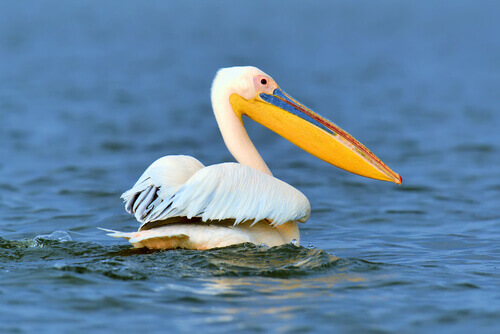
On the Old Continent we can find many natural areas where we can enjoy the native flora and fauna. In this article, we’ll tell you about the best national parks in Europe so that you can organize a spring walk.
Which national parks to visit in Europe?
In Europe, there are dozens of nature reserves and national parks. We can discover and visit them to learn about their typical animal and plant species. In this way, we can enjoy wonderful contact with nature.
1. Danube Delta National Park in Romania
This is the best-preserved delta in Europe and also the second largest. It’s home to no fewer than 300 species of birds and 50 species of fish. A vast marshland contains the largest amount of reed beds in Europe.
The most “famous” inhabitant of the Danube Delta National Park – in the photo at the beginning of this article – is the pelican. We can also find populations of cormorants and storks. Birdwatching is one of the main activities here. As such, there are photo safaris from boats that can get close to these birds.
2. Gran Paradiso National Park in Italy
It’s the oldest and also the best-known in the country, dating from 1922. Its territory of 70,000 hectares (270 sq mi) includes the Aosta Valley and Piedmont in the Alps. The main environment here is the mountain, and even if, in the past, this area was used as a hunting ground for ibex, today it’s a protected reserve and this species is the most important one in the park.
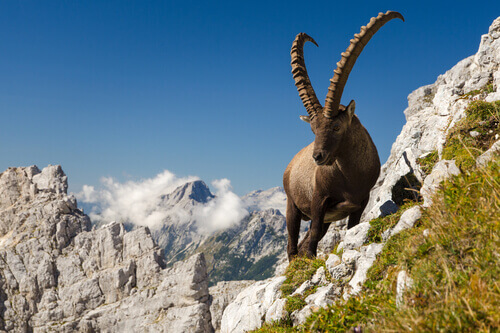
Among forests of firs, larches and pines and at an altitude of 800 meters (2625 ft)above sea level, the Gran Paradiso National Park is home to dozens of animals and plants that have learned to survive the snow and the cold.
3. Pyrenees National Park in Spain and France
This is another one of the best national parks in Europe that you simply must visit at least once in your life. The territory is shared by Spain and France and protects valleys, mountains (such as the Pic du Midi d’Ossau and the Vignemale), and glacial cirques, including Cirque de Troumouse and Cirque d’Estaubé.
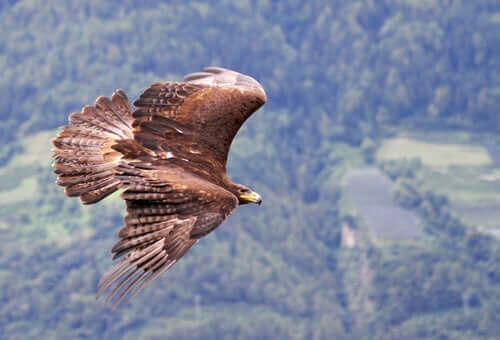
We can highlight two birds of prey among the fauna of the Pyrenees National Park (golden eagles and vultures) and two mammals (brown bears and marmots) all protected by continental laws. In addition, there’s a project to reintroduce the mountain goat to its natural habitat.
4. Wadden Sea National Parks in Germany and Denmark
This area consists of 300 kilometers (186 mi) of coastline, shallow waters and sandy islands between northern Germany and southwestern Denmark. Moreover, the park splits into three “landers” or zones, and together they form the largest unbroken system of mud and sand plains in the world.
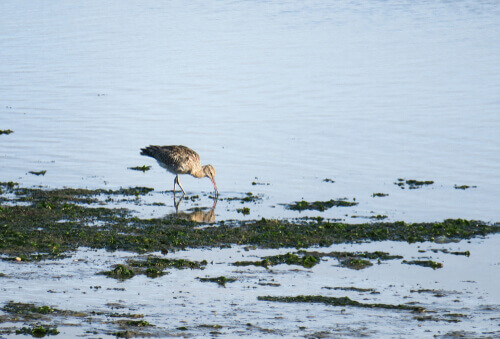
The Wadden Sea National Parks emerged between the 10th and 14th centuries. Then, the North Sea flooded the area and formed a kind of sand “barrier”. It’s possible to reach the islands on foot at low tide. Many migratory birds have their home here. But, without a doubt, the stars are the seals and porpoises that frolic in the sand.
5. Oulanka National Park in Finland
To finish this ranking of the best national parks in Europe, we obviously couldn’t miss a typical exponent of the Nordic ecosystem. This 270 km² (104 sq mi) area in the Finnish region of Lapland became a reserve in 1956, and was then extended between 1982 and 1989.
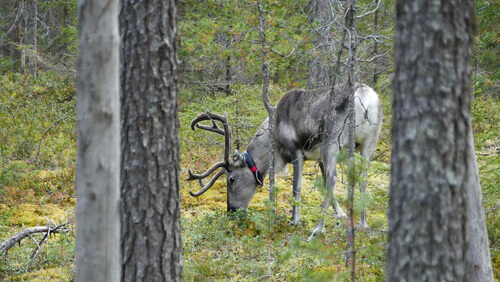
Its ecosystem combines the virgin boreal forests with lakes, rivers, and lagoons. Therefore, it’s home to 500 species of trees and plants, and several animals such as the elk. Many people visit it in summer to admire these huge antler deer and also the wild orchids that grow there.
https://myanimals.com/es/los-mejores-parques-nacionales-de-europa/